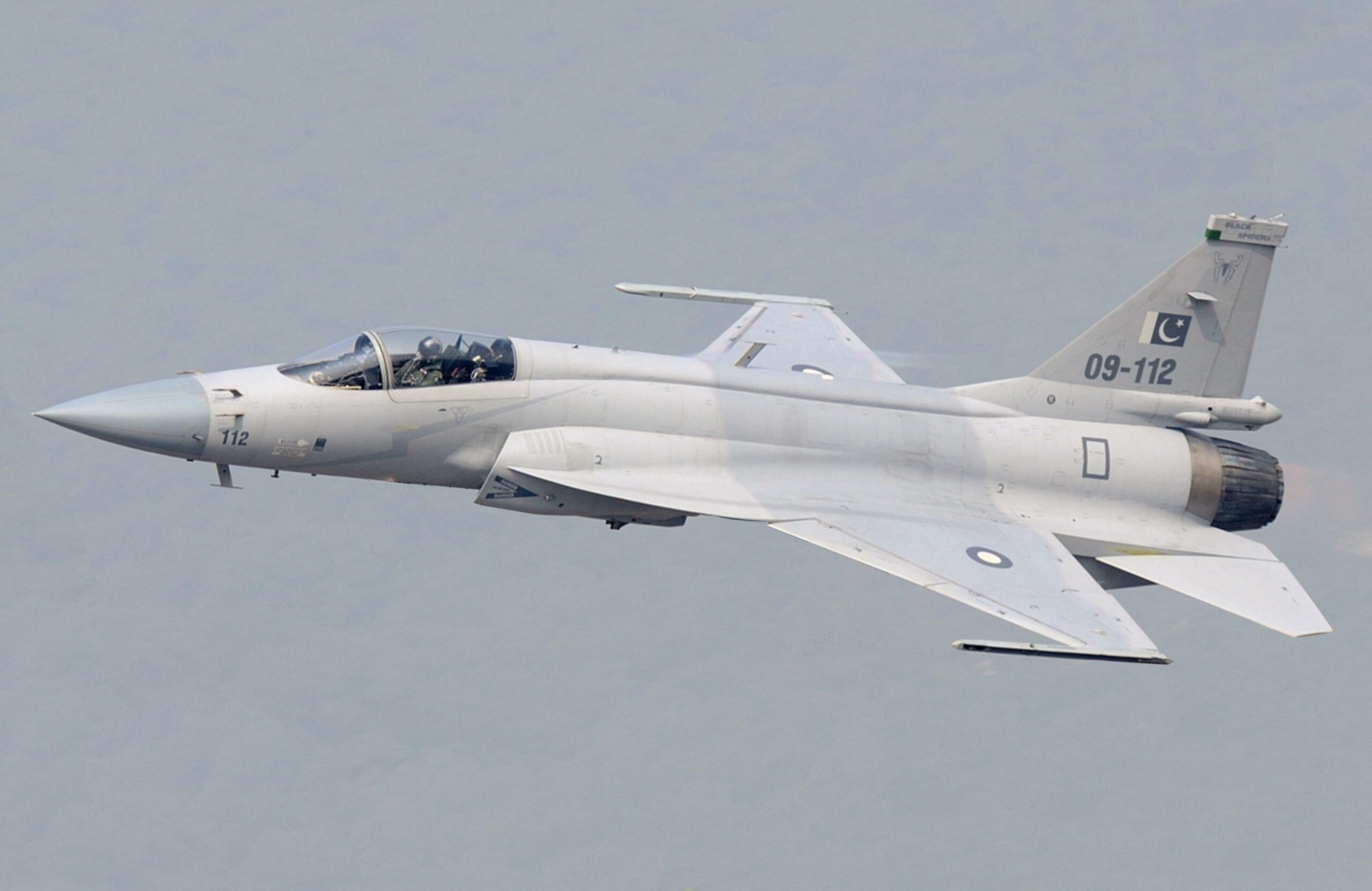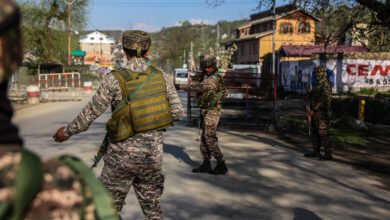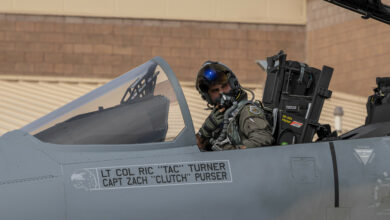Pakistani JF-17 Crashed Last Week, Says British Ejection Manufacturer
A Pakistan Air Force (PAF) JF-17 Block 2 fighter jet crashed last week, with the pilot ejecting safely.
Ejection seat manufacturer Martin Baker reported the June 5 incident on Tuesday, attributing it to a technical glitch.
It happened in Punjab province’s Jhang district, according to the Uxbridge-based firm.
No Confirmation From PAF
However, the PAF has yet to acknowledge the crash.
Pakistani media has also been silent on the incident, of which purported video has been circulating on social media since last week.
Martin Baker reportedly relies on operator data to confirm ejections.
A total of 7,723 lives have been saved by the ejection seat since the first live ejection test in 1945, according to the company.
A Pakistan Air Force JF-17 fighter jet crashed in Jhang district on June 5, 2024, due to a technical glitch. The pilot successfully ejected. #PakistanAirForce #JF17 #PlaneCrash pic.twitter.com/xYePhoXdLb
— Pakistani Index (@PakistaniIndex) June 11, 2024
JF-17 Thunder
This is the fourth known crash of the aircraft, and the most recent since 2021.
An estimated 152 JF-17s have been inducted into the PAF since 2007, including 18 of the latest Block 3.
China and Pakistan jointly developed the aircraft for the PAF.
Costing around $25 million, the platform has intended export potential as a cheaper alternative to Western fighter jets.
The aircraft has been sold to Nigeria, Myanmar, Azerbaijan, and most recently to Iraq for $1.8 billion.
Features
The jet can carry a payload of up to 3,600 kilograms (7,936 pounds) and has seven hard points to carry a range of weapons, including air-to-air, air-to-ground, and anti-ship missiles.
With a combat range of 1,350 kilometers (839 miles) and a maximum speed of Mach 1.6, its primary objective is interception, not long-range missions.












